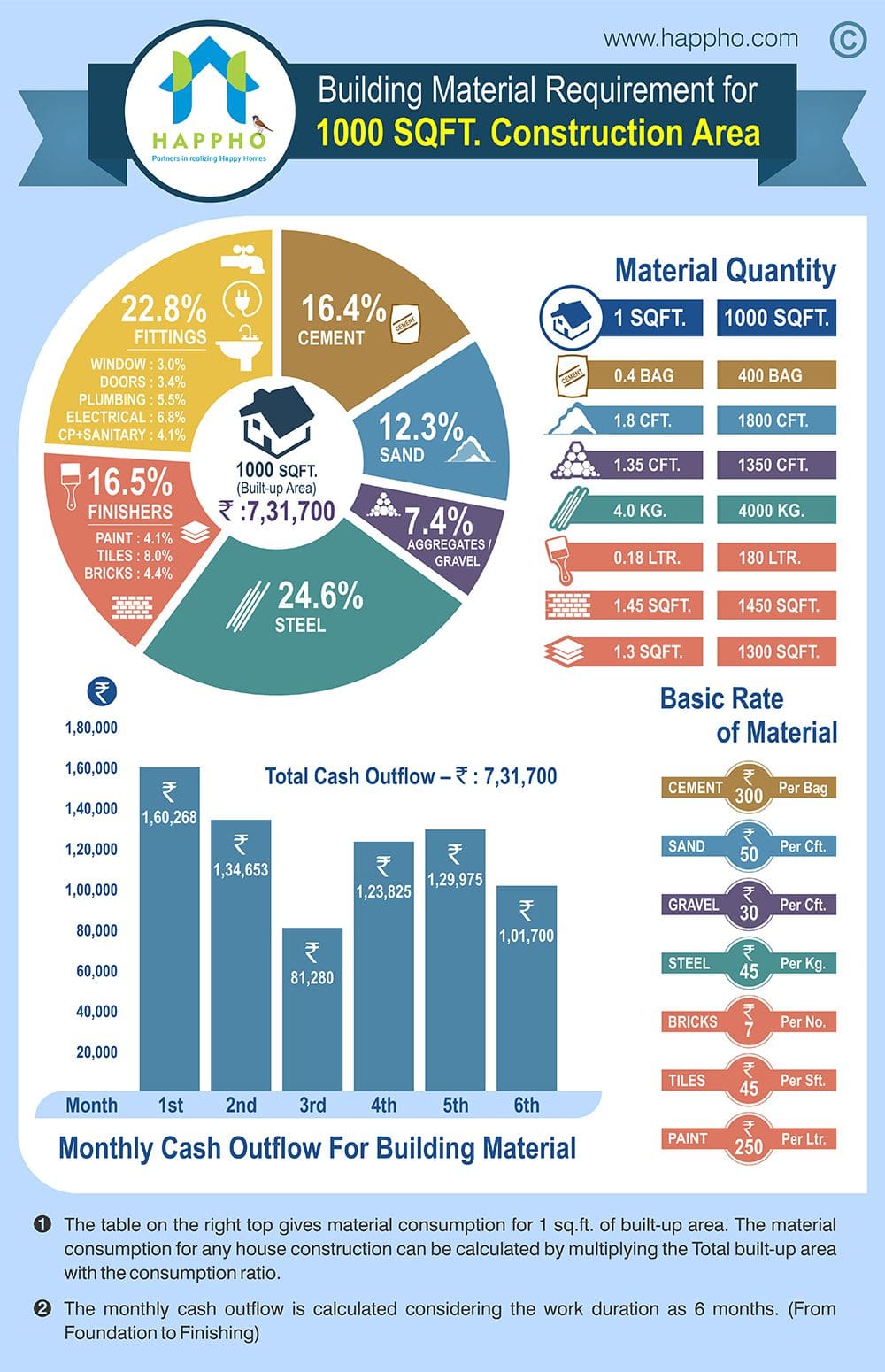Understand Just How Seasonal Problems Impact The Success Of Business Outside Paint And Learn The Suitable Periods To Assure Resilient End Results For Your Job
Understand Just How Seasonal Problems Impact The Success Of Business Outside Paint And Learn The Suitable Periods To Assure Resilient End Results For Your Job
Blog Article
Developed By-Leach Rosendal
When you're planning an industrial exterior painting task, seasonal elements can make or break your results. You'll want to consider exactly how temperature and humidity effect paint application and drying times. Selecting the appropriate season can guarantee your paint adheres appropriately and lasts longer. Yet which seasons are really the best for this kind of work? Allow's check out the crucial elements that can affect your task's success.
The Effect of Temperature Level on Paint Application
When you're intending an industrial external paint task, the temperature can considerably affect how well the paint adheres and dries.
Ideally, you wish to repaint when temperature levels vary between 50 ° F and 85 ° F. If https://garagepaintersnearme44443.bloggazza.com/33353478/yearning-for-a-home-that-exudes-quality-and-vibrancy-discover-the-key-of-professional-residence-painters-and-the-key-elements-that-make-a-residence-truly-seem-like-a-home 's as well chilly, the paint may not cure appropriately, bring about problems like peeling off or cracking.
On the flip side, if it's also hot, the paint can dry out as well swiftly, stopping proper bond and leading to an unequal finish.
You ought to additionally think about the moment of day; morning or late afternoon supplies cooler temperatures, which can be much more desirable.
Always check the maker's recommendations for the particular paint you're making use of, as they usually provide guidance on the ideal temperature level variety for optimal outcomes.
Humidity and Its Impact on Drying Times
Temperature isn't the only environmental element that influences your commercial external paint task; humidity plays a significant role as well. High humidity levels can decrease drying out times dramatically, influencing the general quality of your paint work.
When the air is saturated with moisture, the paint takes longer to treat, which can cause issues like inadequate adhesion and a greater danger of mildew development. If you're repainting on an especially moist day, be prepared for extensive delay times in between coats.
It's vital to keep track of local climate condition and plan accordingly. Preferably, go for you could try this out between 40% and 70% for optimal drying.
Keeping these factors in mind guarantees your project stays on track and provides a long lasting coating.
Best Seasons for Commercial Outside Paint Projects
What's the very best time of year for your business external paint tasks?
Springtime and very early fall are typically your best options. During these periods, temperatures are light, and humidity levels are commonly lower, creating optimal conditions for paint application and drying out.
Stay clear of summer's intense heat, which can create paint to dry as well rapidly, resulting in bad adhesion and finish. Similarly, winter's chilly temperature levels can impede appropriate drying out and treating, risking the long life of your paint work.
Go for painters place with temperature levels in between 50 ° F and 85 ° F for optimum outcomes. Keep in mind to examine the neighborhood weather prediction for rainfall, as wet conditions can spoil your project.
Preparation around these aspects ensures your painting job runs efficiently and lasts longer.
Verdict
Finally, preparing your business exterior painting projects around seasonal considerations can make a considerable difference in the result. By organizing job throughout the optimal temperatures and humidity levels, you'll ensure far better bond and drying times. Keep in mind to watch on local weather prediction and pick the right time of year-- spring and early loss are your best bets. Taking these actions will certainly assist you attain a resilient and specialist surface that lasts.
